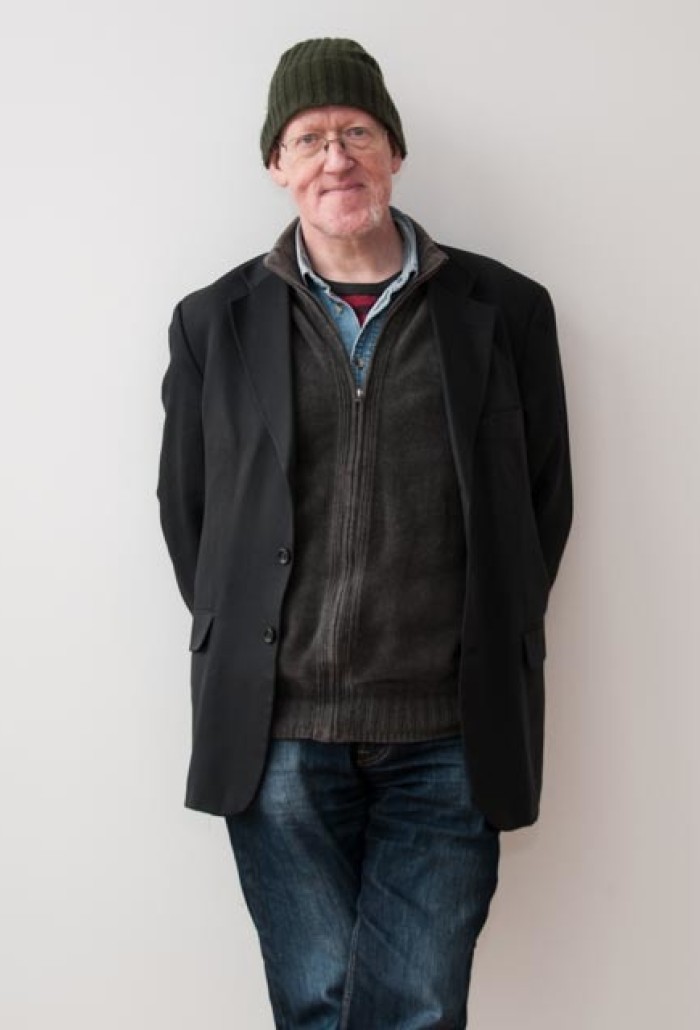
Date and location
from February 25, 2015 until February 26, 2015
Orpheus Instituut
The Making of Musical Time: Temporality in Musical Composition and Performance
Eventfrom February 25, 2015 until February 26, 2015ORCiM Seminar 2015
The eight International ORCiM Seminar, organised at the Orpheus Institute, offers the opportunity for contributors from around the world to gather and explore the theme of: THE MAKING OF MUSICAL TIME; Temporality in Musical Composition and Performance.
Keynote lectures
Gianmario Borio
University of Pavia, Italy
Constructing Musical Time. The Philosophical and Compositional Implications of a Central Question in Twentieth Century Music
Martin Scherzinger
New York University, USA
Algorithms of Musical Time (from Biopower to Neuropower
Dorit E. Tanay
Tel Aviv University, Israel
Marchetto da Padua and the Making of the Modern Composer
In modern and contemporary Western culture music has a foundational temporal dimension, since any notated acoustic phenomenon, be it sound or noise, is inevitably produced and experienced in time. However, the relation between music and time is, at least, twofold: music unfolds in time, but it also generates time, creating particular temporalities outside of the physically measurable time. Music has the power to shape and even suspend time. The temporal dimension of music depends on diverse cultural, social, and performative contexts. In this respect, the role of music notation becomes particularly relevant as it symbolizes and visualizes the temporal aspect of music. Notation is both the result of a measurable concept of time and a necessary tool for the structuring of time. Throughout the history of notated Western art music two main strategies for notating time are recognizable: one based on multiples of a fixed unity of measurement (striated time), the other relying on flexible or irregular patterns more freely placed in a sonic landscape (smooth time). In both cases, even if the notation is extremely accurate, something is still missing, so that the performer and the listener have to complete and fulfill the sense of the score by other means (further contextualization, oral history, aural transmission of knowledge, etc.).
Within such a general context, particular interests or questions for this seminar include:
- How do musical and performance practices share similar experiences with contemporary conceptions and practices of time? What consequences has this relationship for the composer and for the performer?
- How does the composer imagine, organize and transmit the temporal dimension of music?
- Is there any relationship between systems of pitches (or musical material in general) and the temporality of music?
- Does electronic music and the use of electronic instruments involve a special relationship to musical time different than that of the human voice or acoustic instruments?
- What is the impact of music notation on musical rhythm and temporality? Is there a significant difference between oral and written composition in the structuring of rhythm and time?
- How important is the oral transmission of knowledge regarding musical time today?
Organising committee
Tiziano Manca, Paulo de Assis and Bob Gilmore†.
Registration
NOW CLOSED
Registration fee: €50 The fee includes coffee breaks, a Wednesday dinner and Thursday lunch.
Registration deadline: 25 February 2015

